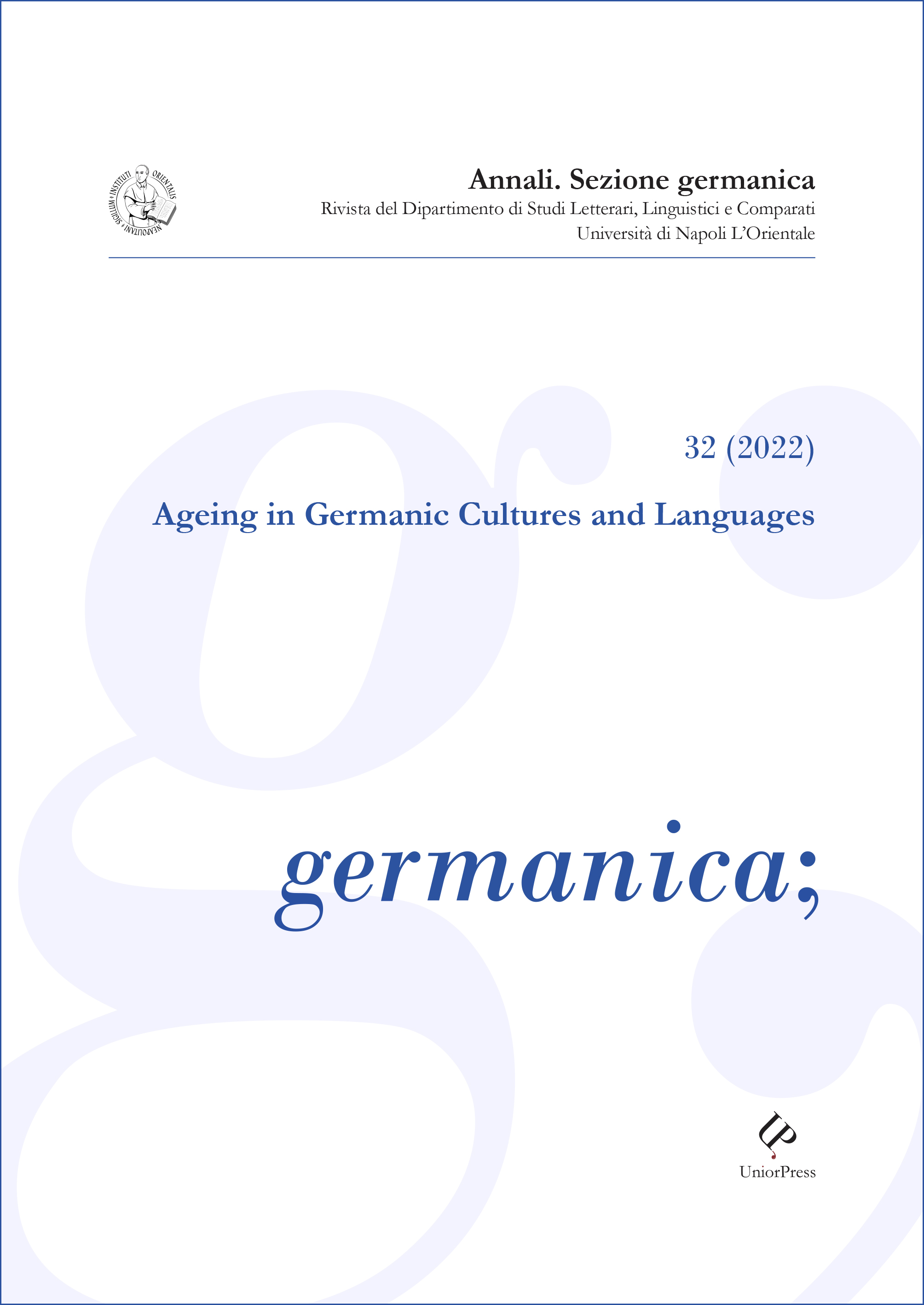Young Victims, Malicious Adults and Old Witches. Age and Magic in some Swedish Medieval Ballads
DOI:
https://doi.org/10.6093/germanica.v0i32.10010Keywords:
Swedish medieval ballads, ageing, transformation magic, gender roles, adulthoodAbstract
In some Swedish naturmytiska visor, magic of transformation is presented according to a fixed narrative structure, which presents three main tale roles: victims of transformation spells, operators of transformation spells and those who break spells. The first role is always played by young girls and boys, often referred to as jungfruar and svenner (not yet married young women and men). Tale roles of the second type, i.e. spell casters, are always embodied by female figures, old witches or wicked stepmothers, with a frequent overlapping of roles. To the third type of tale roles different types of characters may correspond, very often connected to the first group through ties of kinship or love. In these ballads, the magic of transformation may be read from a symbolic perspective, as a passage from childhood to adulthood, thus providing precious information about gender and ageing.
Downloads
Published
How to Cite
Issue
Section
License
The authors who publish in this Journal accept the following conditions:
- The authors retain the rights to their work and give the magazine the right to first publish the work, simultaneously licensed under a Creative Commons License - Attribution which allows others to share the work indicating the intellectual authorship and the first publication in this magazine.
- Authors may adhere to other non-exclusive license agreements for the distribution of the version of the published work (eg deposit it in an institutional archive or publish it in a monograph), provided that the first publication took place in this magazine.
- Authors can disseminate their work online (e.g. in institutional repositories or on their website) before and during the submission process, as it can lead to productive exchanges and increase citations of the published work (See The Effect of Open Access).


